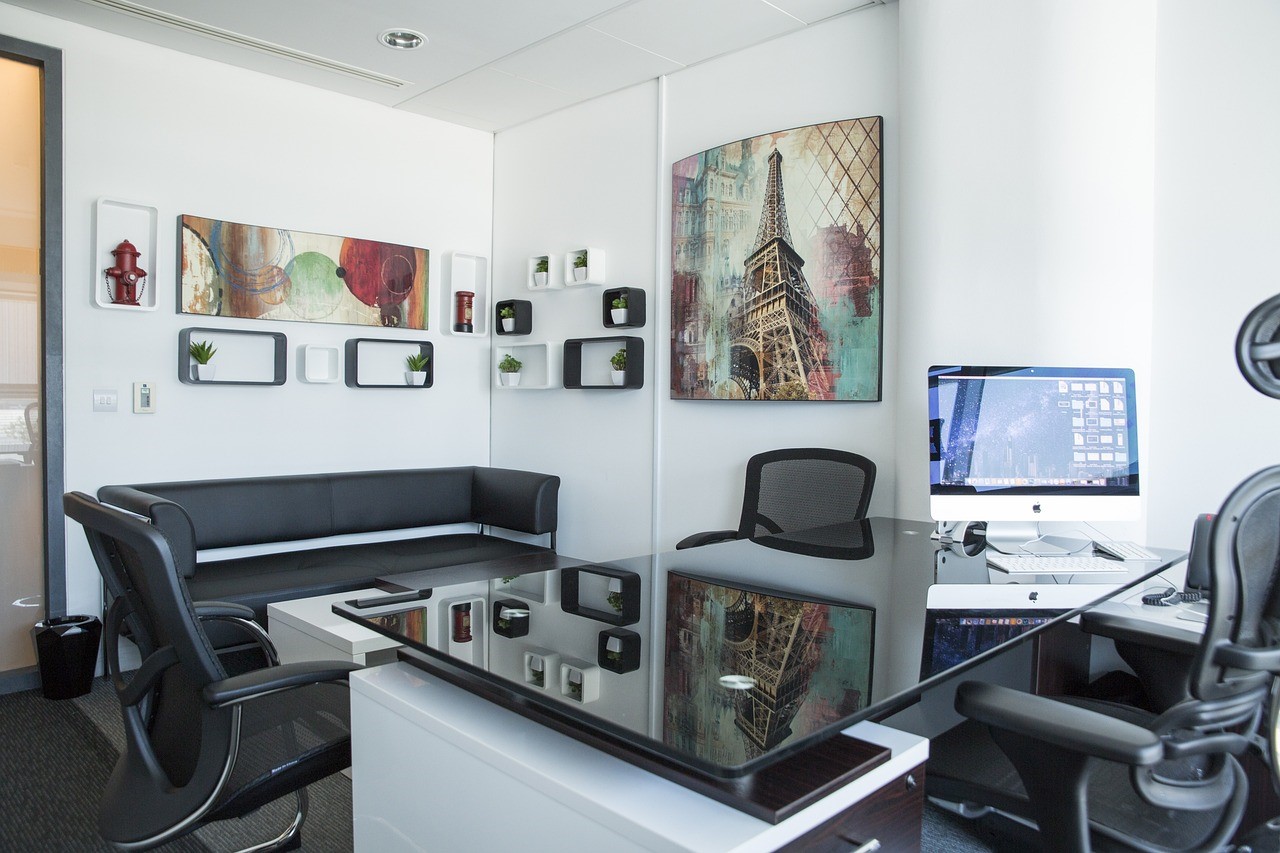Introduction
The automotive industry has come a long way since the days of the Model T and the hand-cranked engines. Today, it stands as a symbol of technological innovation, sustainability, and economic growth. This article explores the multifaceted world of the automotive industry, discussing the latest trends, challenges, and the future outlook for this dynamic sector.
Technological Advancements
The automotive industry has always been at the forefront of technological advancements. In recent years, we have witnessed a rapid evolution in areas such as electric vehicles (EVs), autonomous driving, and connectivity. EVs, in particular, have gained significant momentum, with leading manufacturers investing heavily in battery technology and infrastructure. With advancements in energy storage and electric motor technology, EVs have become more affordable, with improved range and performance, driving greater adoption and reducing greenhouse gas emissions.
The integration of autonomous driving features is another noteworthy development. Companies like Tesla, Waymo, and traditional automakers are actively testing and deploying self-driving technologies. These systems aim to enhance safety, reduce accidents, and provide greater mobility for those who cannot drive, such as the elderly and disabled.
Sustainability and Environmental Concerns
The automotive industry is increasingly focused on sustainability and environmental responsibility. Automakers are under pressure to reduce their carbon footprint, leading to the development of cleaner and more fuel-efficient vehicles. Governments around the world are implementing stricter emissions regulations, pushing manufacturers to invest in electric and hybrid technologies. Beyond electrification, the industry is exploring sustainable materials and manufacturing processes to minimize the environmental impact of vehicle production.
Supply Chain Challenges
The automotive industry faces a unique set of supply chain challenges. The COVID-19 pandemic exposed vulnerabilities in the global supply chain, leading to disruptions in the production of vehicles. Automakers have been forced to reevaluate their supply chain strategies, with some exploring nearshoring and onshoring to mitigate risks.
Additionally, semiconductor shortages have affected the automotive sector, highlighting the industry’s reliance on advanced electronics. This has spurred discussions about diversifying supply sources and increasing domestic production of critical components.
Changing Consumer Preferences
Consumer preferences are evolving, impacting the types of vehicles that automakers produce. A growing interest in sustainability, fuel efficiency, and technological features has led to a surge in demand for electric vehicles and hybrids. Furthermore, the sharing economy and urbanization have driven interest in mobility services like ride-sharing and car-sharing.
The Future of Mobility
The automotive industry is evolving beyond just the manufacturing of cars. It’s becoming a mobility industry, offering a variety of services to meet the changing needs of consumers. Ride-sharing, on-demand transportation, and connected vehicles are reshaping how people get around. The future of mobility may involve a blend of public and private transportation options, including autonomous shuttles, electric scooters, and high-speed rail.
Challenges and Opportunities
The automotive industry faces both challenges and opportunities. While navigating the transition to electric and autonomous vehicles can be costly, it presents an opportunity to reduce environmental impact and increase efficiency. The industry must also address concerns related to data privacy, cybersecurity, and infrastructure development for autonomous vehicles.
Conclusion
The automotive industry is undergoing a significant transformation, driven by technological advancements, sustainability goals, and changing consumer preferences. This sector’s future is marked by electric vehicles, autonomous driving, and a shift towards mobility services. To thrive in this dynamic environment, automakers must adapt, innovate, and embrace the challenges and opportunities that lie ahead. The future of the automotive industry promises a cleaner, more efficient, and more interconnected world of transportation.

